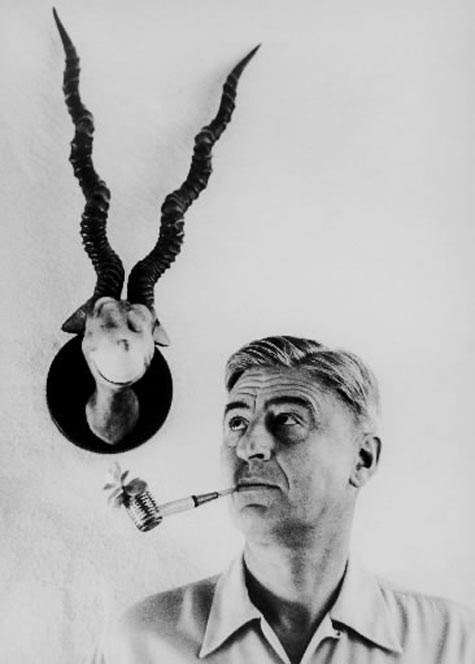
You've read the books - and if you've got youngsters about, you're likely re-reading them quite often - but what do you know of the man who was Seuss?
Illuminate your further readings with The Afterword's top five little known Geisel facts:
5: Dr. Seuss rhymes with another epic figure in children's literature: Mother Goose. Coincidence? No.
4: When presenting the dialogue for the magicians in Bartholomew and the Oobleck, Seuss employed the use of trochees (or chorues) which presents text in an alternating pattern of stressed and unstressed syllables ("Shuffle, duffle, muzzle, muff"). The techique was also used by Shakespeare with his cauldron stirring witches in Macbeth (Toil! Toil!), by Poe in his poem The Raven and often in nursery rhymes.
3: After his career as a children's author/illustrator began, Geisel worked as an editorial cartoonist in New York during World War 2, which illustrated his rabid anti-fascism views. You can view a collection of his political cartoons here. They were also collected in a book called Dr.Seuess Goes to War, with an introduction by Art Spiegleman. Suess also wrote several WW2-era propaganda films.
2: Theodore Geisel wrote children's books under a trio of pen names: Dr. Seuss, which was reserved for the books he both wrote and illustrated; as Theo LeSeig, for books that he wrote without illustrating; and as Rosetta Stone, for one book he penned called Because a Little Bug Went Ka-choo!
1: Dr. Seuss' The Cat in the Hat was born as a response to an article which was published in Life Magazine in 1954,. The piece criticized American school primers as intensly boring, unchallenging to readers and responsible for causing harm to children's literacy. The article called for more primers to up the excitement by energizing the language and including drawings like those of "imaginative geniuses among children's illustrators, Tenniel, Howard Pyle, Theodor S. Geisel." Using the piece as a call to action, Geisel and his publisher came up with a list of 400 "exciting" words, which Seuss than narrowed down for the book, and included 13 more of his own. The final product is 1626 words in length and uses a total vocabulary of 236 words.



Reader Comments
to our Newsletter